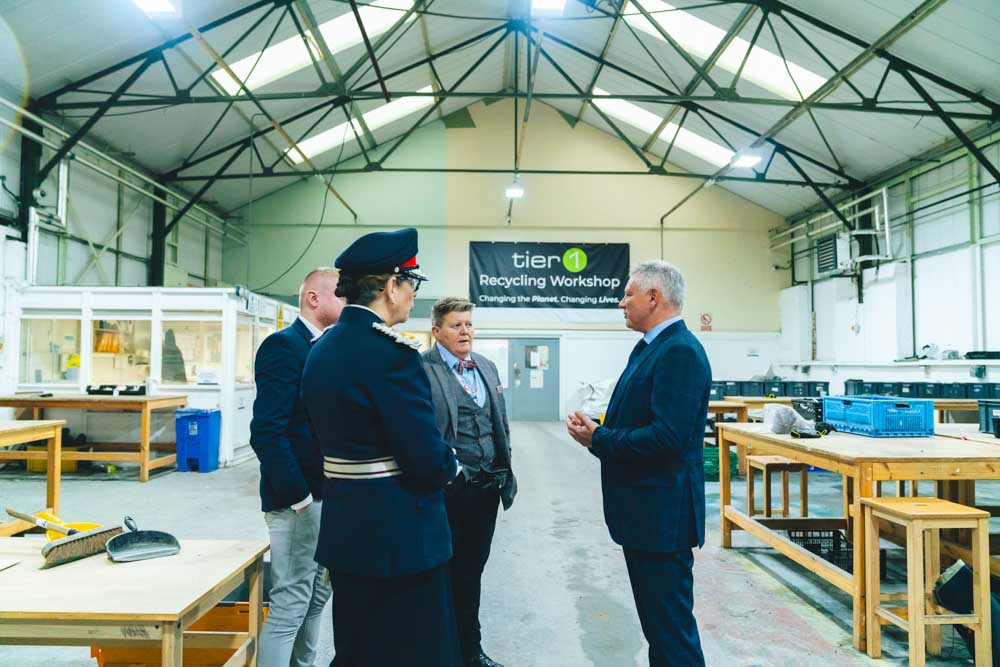Storing Computer Data in DNA
Microsoft and scientists from the University of Washington have made a recent breakthrough in the field of DNA data storage that could transform the way we store data in the future.
Researchers have come up with a new way to encode digital data in DNA, enabling them to create the highest-density large-scale data storage scheme yet invented.
The storage capacity of DNA is astounding, with a single gram of DNA capable of storing 215 petabytes (215 million gigabytes). This means that all the data on the internet could feasibly fit into a container the size of a shoebox, while every bit of data accumulated by humans in history could be stored in a couple of pickup trucks.
But is there really any need for us to store our data in DNA, and will we realistically be able to use it for businesses in the near future?
Why do we need DNA Data Storage?
DNA data storage can potentially provide a solution to the ever expanding quantities of information now being stored. It is a fact that more data was created in the last two years than in all preceding history combined, and this output of information is increasingly challenging the capacity of our hard drives to store it.
Data storage takes up more space than many people realise, and it is estimated that there are now 3 zettabytes (3000 billion billion bytes) in storage, a number that is constantly and rapidly growing. Another issue is that the specialist hard drives required to store such large quantities of information are expensive, requiring a constant supply of electricity.
Compared to traditional digital storage methods, DNA data storage has numerous advantages. As we have already seen, DNA storage takes up a minuscule amount of space in comparison to hard drive storage, and is unlikely to become obsolete as long as humans are able to decipher DNA code. Also, unlike many physical storage devices, DNA won’t degrade over time, and last 1000 times longer than silicone.
How does it work?
The method of DNA data storage works by changing the basis of digital data, which is based on the familiar 0s and 1s of binary code, and converting it into the genetic code of As, Cs, Gs, and Ts that constitute the chemical building blocks of DNA.
This converted code can then be used to produce synthetic strands of physical DNA, which can act as a sort of hard drive, only much smaller and capable of holding much more data. The data bearing DNA strand is then put into cold storage, and only removed when the data stored within needs to be retrieved. This is done using a standard DNA sequencing machine, whereupon the DNA sequence is translated back into binary format, and the digital data once again becomes readable.
So, is your business likely to be uploading your data to a DNA strand in the near future? Maybe, but certainly not just yet. It is thought that the necessary technology required to deliver this at scale needs to fall by a factor of ten before widespread adoption is realistic. The speed at which digital data is converted into DNA and back again is also a potential stumbling block as it remains quite slow, a process which needs to be optimised to make DNA data storage practical for business use.
With over 25 years industry experience, tier1 are proud to be the UK’s most accredited ITAD supplier. We possess the skills, accreditations and experience to handle our clients’ data with the care they deserve, and to dispose of it responsibility and legally.
Contact us today on 0161 777 1000 or visit https://www.tier1.com to find out how we can help you dispose of your data safely and reliably.



